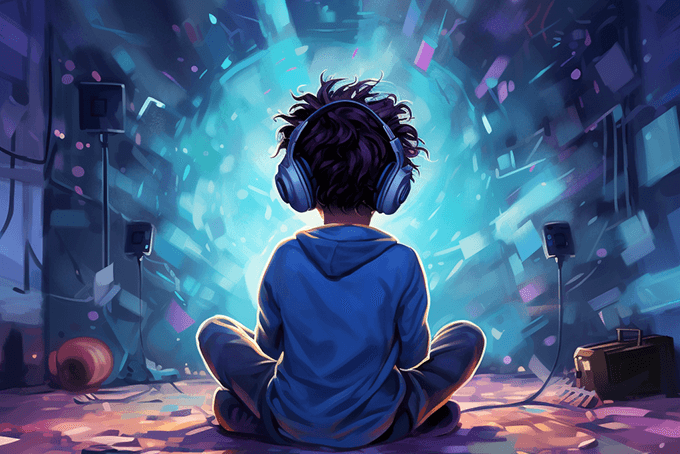Inspiring creativity in your students may not be as simple as showing a film on Picasso or Van Gogh, but that doesn’t mean it has to be difficult, either. There are easy ways to inspire creative thinking for all grade levels without spending much money or time.
Pre-K
- Creative Movement: Schedule yoga or dance class for your students to encourage creative movement. It could be as easy as turning on the radio in the classroom and allowing your students to “freestyle dance,” on their own. Check out the Yoga for Kids series for ideas on how to bring that concept into your classroom.
- Musical expression: Encourage your Pre-K students to become interested in musical instruments. Have plenty of drums, recorders and other equipment in your classroom so that students can try out different instruments.
Elementary
- Plays and Theatrical Performances: Take your students on a field trip to the ballet and introduce them to the performing arts.
- After the show: After the show ask your students how the music made them feel, what they liked best about the performance and also what they didn’t like. Many elements of the show can be successfully incorporated into many lesson plans—one day you could have a section about theater costuming and the next, you could tie the performance into history with a simple explanation of Shakespeare.
- Ballet vocabulary: Check out this example from The St. Louis Ballet for ideas on developing a lesson plan centered around ballet.
Middle School
- Journals: Have your students keep a journal and give them daily prompts, such as “If you could have any superpower, which would you choose?” or “If you could give one million dollars to any person, who would you give it to?” Questions like these will get your students thinking. When your classroom goes on Winter or Spring Break, or a fieldtrip, encourage them to write about their experiences as well.
- Journal sharing: As a good way to connect students with their feelings and allow them to share their viewpoint on a particular subject, encourage a view volunteers to read their journal entries out loud to the rest of the class.
- Comic drawing: One day, instead of having your students write about a particular subject or prompt, have them draw it in comic-strip form. Check out this lesson plan, complete with blank comic strip templates.
High School
- Video projects: If your school has the capabilities and the resources, you should assign your students the task of making short video documentaries. They can direct and film the scenes themselves and then edit with programs such as iMovie, or Windows Movie Maker. Then play each group’s film and host an official screening party, complete with popcorn.
A group video project can increase and enhance:
- Leadership skills
- Communication skills
- Problem solving and team building skills
As well as allowing students to be creative and think of their own film script, characters, dialogue and any special effects creating a video will also provide students with editing experience. And if you assign a broad topic, students will have even more creativity to really narrow in on the content they want to show.
Documentaries in Action
Oakland High School students worked the together to create video projects with The Urban Dreams Video Project. The film, “Just Try To Stop Us, A Portrait of Four Youth Activists,” was about four students at the school who were politically active. The students were able to bring light to serious issues like civil rights and social justice, just by making a series of documentary-like films for the program.



